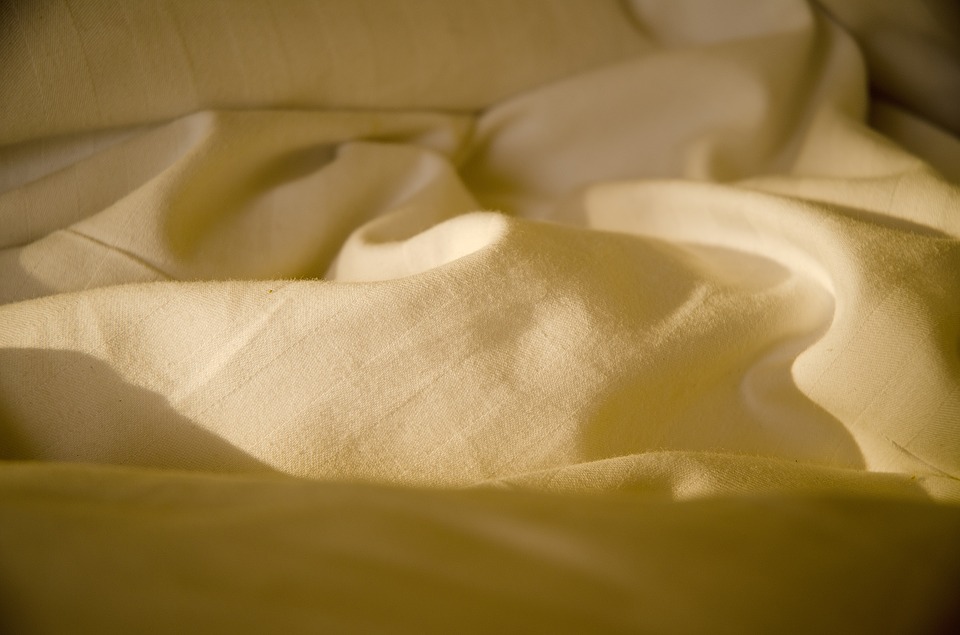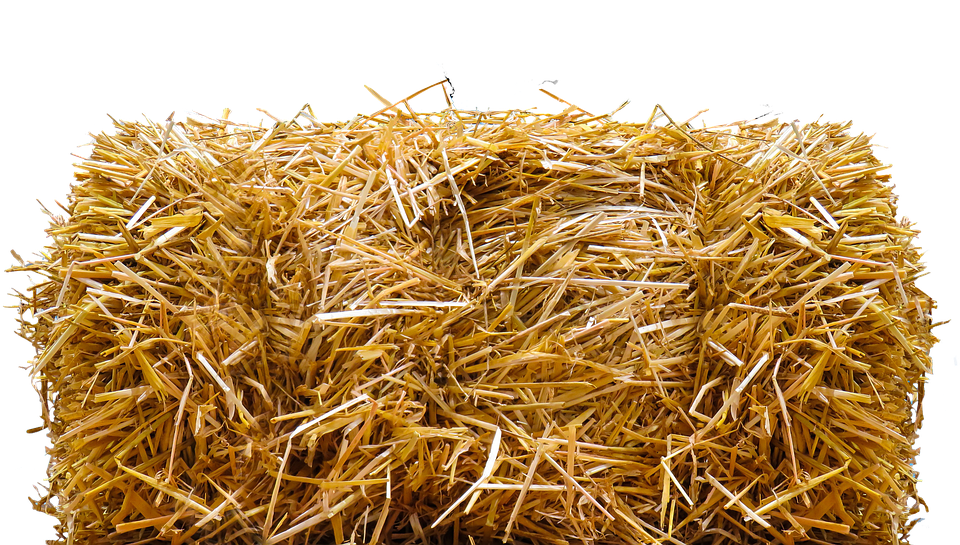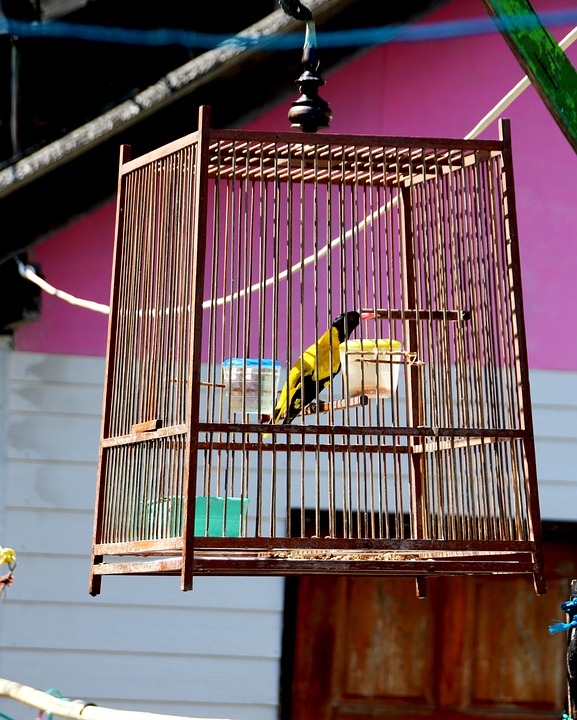Bamboo fabric sheets have become more and more popular in recent times and for good reason. These sheets are sustainable, naturally resistance to fungi and pest infestation, softer than linen and cotton, moisture absorbing and naturally antimicrobial. In addition, they keep you warm in winter and cool in summer. Even though the fiber does not preserve all of its original antibacterial properties, bamboo sheets are still a remarkable option for individuals with sensitive skin.
A number of individuals have heard about the wonderful benefits of bamboo sheets; however, many are still unsure of just what they should look for when buying these sheets. Below are details of the types of bamboo sheets currently on the market:
100 Percent Bamboo Lyocell
This is among the most contemporary and sustainable textile materials of the 21st Century. The process involves dissolving raw bamboo via a non-toxic solvent that produces non-hazardous effluent. Along with the water used in the manufacturing process, the solution is reused and recycled in a closed loop method. As such, there is no harmful chemical residue and water consumption is significantly lowered. Additionally, it is softer and stronger than rayon.
100 Percent Bamboo Rayon (Viscose):
Most of the bamboo fabric sheets on the market are created from bamboo rayon and rayon was the very first cohort of cellulosic fibers. A number of different processes exist for manufacturing rayon, differing in the chemicals involved and their ensuing environmental impact.
If you choose to buy bamboo rayon sheets, go for manufacturers who adhere to strict effluent treatment protocols. The concern about this material is not that the chemical residue stays on the bamboo; however, the concern is more about how the chemical waste product is disposed. Go for bamboo rayon treated without zinc sulphate and chlorine-containing bleach.
Bamboo Linen Fiber
This fiber uses the same manufacturing process used to make common linen fabric from hemp or flax. It is tremendously sustainable; however, it wrinkles very easily and is not very soft. Much maintenance is involved in the ownership of bamboo linen bedding, as continuous ironing is required after washing.
Bamboo Blend With Cotton
The bamboo blend with 60 percent bamboo rayon and 40 percent cotton or 70 percent bamboo rayon and 30 percent cotton are the most common. These blends make the material slightly stronger than 100 percent pure bamboo. However, it also compromises the softness of the material. With an added cotton component, the blend is rendered a less sustainable bedding option. The labor intensive cotton production industry involves the waste of fresh water and a lot of chemicals.




